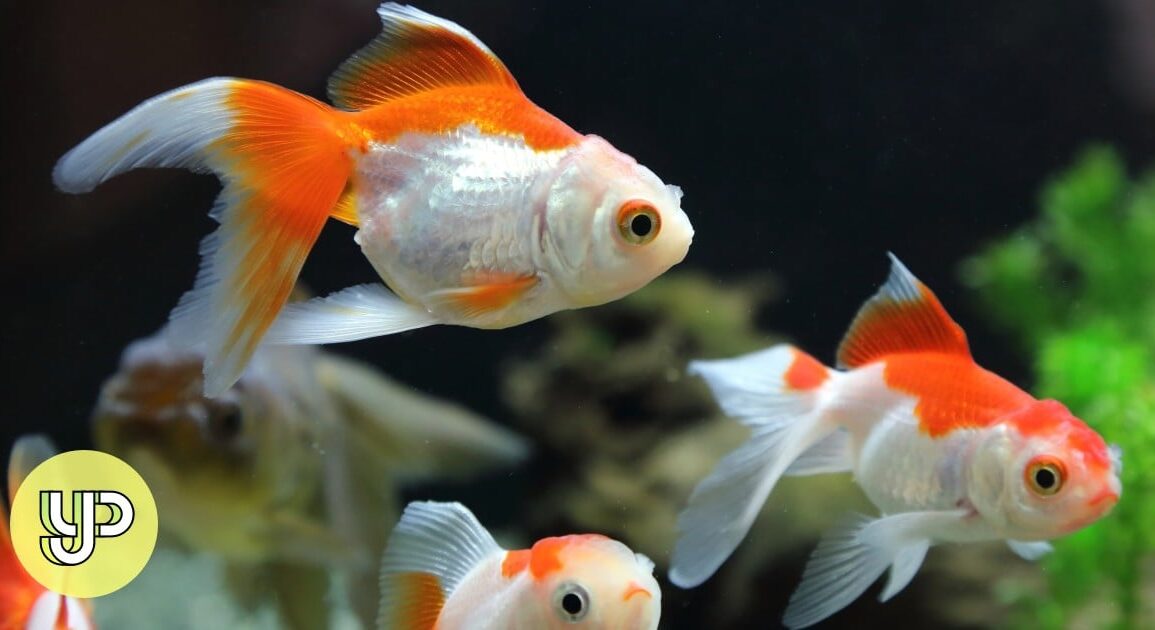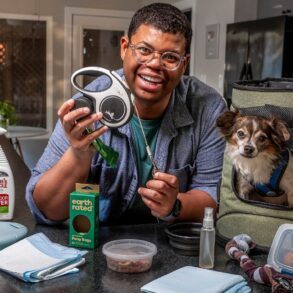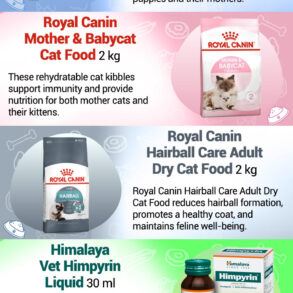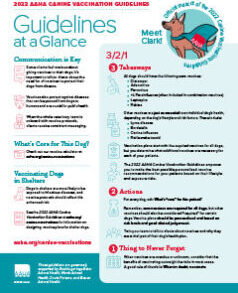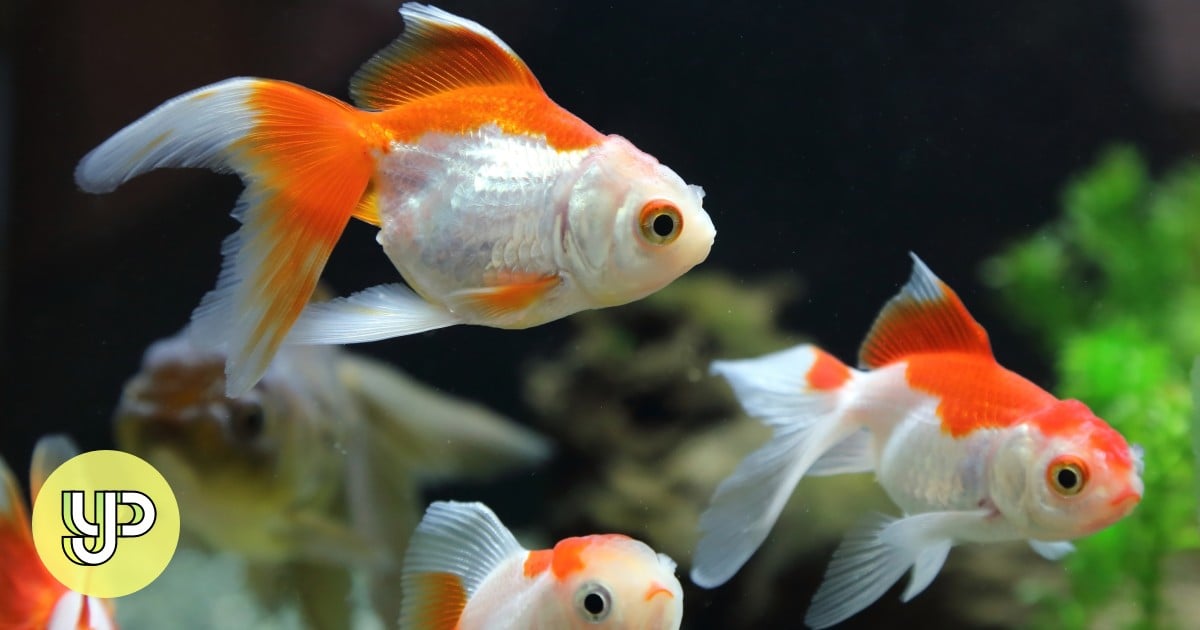
Every week, Talking Points gives you a worksheet to practise your reading comprehension with exercises about the story we’ve written.
Picking out a bag with a colourful fish to bring home can be very exciting. However, there is nothing more disappointing than seeing its lifeless body floating days later.
Fish are sometimes considered “beginner pets”. People buy them without thinking and proper planning. Not only is this incorrect, but it often leads to the fish’s death.
Preventing shock
Displaying fish in small bags of water makes them physically and mentally stressed. The bags slowly kill the fish. They contain a limited supply of oxygen and a build-up of toxic chemicals, like carbon dioxide and ammonia.
Their immunity weakens under stress. After the bumpy ride home, their high stress levels can make them sick.
It’s important not to dump a fish straight from a bag into a tank. In fact, it can actually be fatal because of the differences between the water in the two environments. The sudden change can shock fish.
Signs of shock in a fish include swimming strangely, moving its gills quickly and losing its bright colours.
Dr Angel Ngo is a general practice and emergency veterinarian at VetiVa Centre For Animal Wellness. Photo: Handout
Helping your fish adjust
Introducing a fish to a new aquarium requires a careful process. First, rinse the sealed bag to make sure it is clean. Lower it into the tank to help the fish acclimate to the temperature.
Next, carefully open the bag, making sure not to spill the water or the fish. Slowly add small amounts of tank water to the bag. Do this over one hour to help the fish get used to the new water.
After an hour, use a net to put the fish in the tank. Do not put the water from the bag into the tank, as it could contaminate the aquarium.
Your work is not over once the fish is in the tank. Aquariums need to be cleaned regularly to make sure they remain safe environments.
Not just chocolate: beware these toxic foods that can be dangerous for dogs
Pay attention to the water’s chemistry with an electronic pH meter or test kit. This helps you ensure the water is not too acidic. Most freshwater aquarium tropical fish do best at a pH of 6.8 to 7.8, although this can vary.
Make sure the tank has a good filter and enough oxygen. The water should maintain an even temperature. Give the fish hiding places such as rocks and plants so they feel safe.
The tank needs healthy bacteria to remove harmful ammonia from fish waste. Do this by adding a nitrifying bacteria solution and a tap water conditioner. You can find these in aquarium shops.
Protecting precious fish
Whenever you are tempted by bags of colourful fish hanging in a market or shop, remember that some have been artificially coloured to look more appealing.
One example is the Parambassis ranga, a transparent fish also known as “disco fish” or “painted angels”. They are injected with dyes, and the painful process usually kills them. If they live, other fish might attack them because of their unnatural look.
Some people believe buying these fish rescues them from cruel conditions. However, it encourages businesses to keep mistreating these animals for profit.
Answers provided by Dr Angel Ngo, a general practice and emergency veterinarian at VetiVa Centre For Animal Wellness.
To test your understanding of this story, download our printable worksheet or answer the questions in the quiz below.
This post was originally published on this site be sure to check out more of their content.




